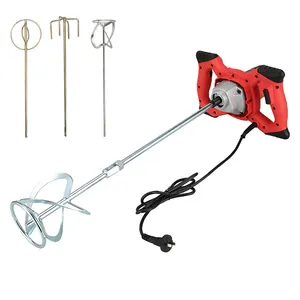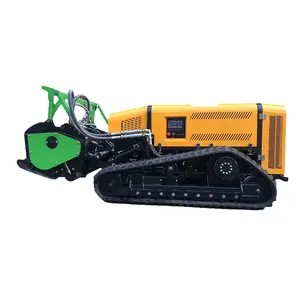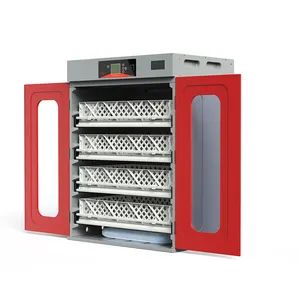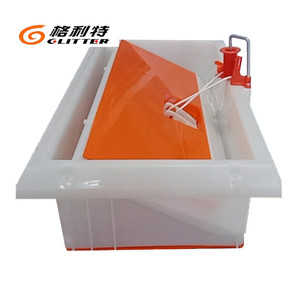Popular in your industry







































































Related Searches:

































































































































Top categories
About poultry equipment air inlet
Poultry Equipment Air Inlet: An Overview
Understanding the role of a poultry equipment air inlet is crucial in the realm of avian husbandry. This component is integral to maintaining optimal air quality and temperature within poultry houses, directly impacting the health and productivity of the birds. Air inlets are designed to facilitate controlled ventilation, ensuring that fresh air circulates properly, and stale air is efficiently expelled.
Types and Features
The variety of ventilation systems for poultry includes different models of air inlets, each tailored to specific poultry house designs and climatic conditions. Key features to consider include the inlet's ability to resist weather elements, its durability, and the ease with which it can be integrated into existing ventilation systems. Advanced models may offer enhanced control over air flow, contributing to a more uniform distribution of fresh air.
Applications in Poultry Farming
In the context of poultry farming, the air inlet system plays a pivotal role. It is not merely about replacing stale air but also about maintaining a balance between temperature, humidity, and air velocity, which are all vital for the health of poultry. Effective air inlets reduce the risk of respiratory issues in birds and contribute to the overall hygiene of the environment by minimizing the accumulation of harmful gases.
Materials and Construction
The construction of a poultry house air inlet typically involves materials that are robust and resistant to corrosion. The choice of material impacts the longevity and performance of the inlet, with some common options being galvanized steel, reinforced plastics, and composites designed to withstand the harsh conditions of a poultry environment.
Advantages of Optimal Air Inlet Selection
Selecting the appropriate air inlet for poultry can lead to numerous advantages. It ensures that birds receive a constant supply of fresh air without creating drafts that could cause stress or illness. Moreover, a well-designed air inlet system can contribute to energy efficiency by aiding in maintaining stable internal temperatures, thus reducing the need for excessive heating or cooling.
Integration with Poultry Farming Systems
Integrating a poultry ventilation inlet into a broader farming system requires careful planning. It should work in tandem with other environmental controls, such as heaters, coolers, and humidity regulators, to create a cohesive system that supports the well-being of the poultry stock. The right air inlet can be a significant factor in automating and optimizing the environmental conditions within poultry farms.


























































